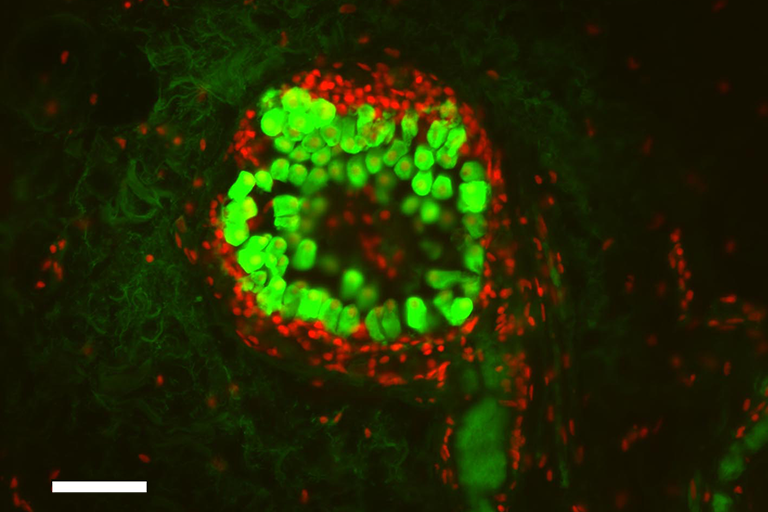- Ph.D., University of Washington, 1996

G. Troy Smith
Associate Professor, Biology
(he/him/his)

Associate Professor, Biology
(he/him/his)
Biology Bldg. 270
812-856-0116
Smith Lab website
How does the nervous system control species-typical behavior and how do hormones influence neural physiology to modify behavior? Our laboratory addresses these questions by studying the neuroendocrine control of sexually dimorphic communication behavior in weakly electric fish.
Electric organs evolved independently in at least six lineages of fish. Although a few electric fish species produce strong discharges used in defense or to stun prey (e.g. electric eels), most electric fish species produce weak electric organ discharges (EODs) that they use to locate objects in their environment and to communicate with each other.
Because the frequency and waveform of the EOD varies both across species and between the sexes, electric fish can use their electrical signals to communicate their species, sex, and breeding status to other fish. Sex differences in EOD signals are regulated by androgens and/or estrogens.
The neural circuit that controls the EOD contains of only a few types of neurons, and the activity of these neurons is directly related to the frequency of the EOD signal. This simplicity allows us to study the mechanisms of a sexually dimorphic behavior from cellular to organismal levels of analysis.

Current research in our laboratory focuses on five main questions:

